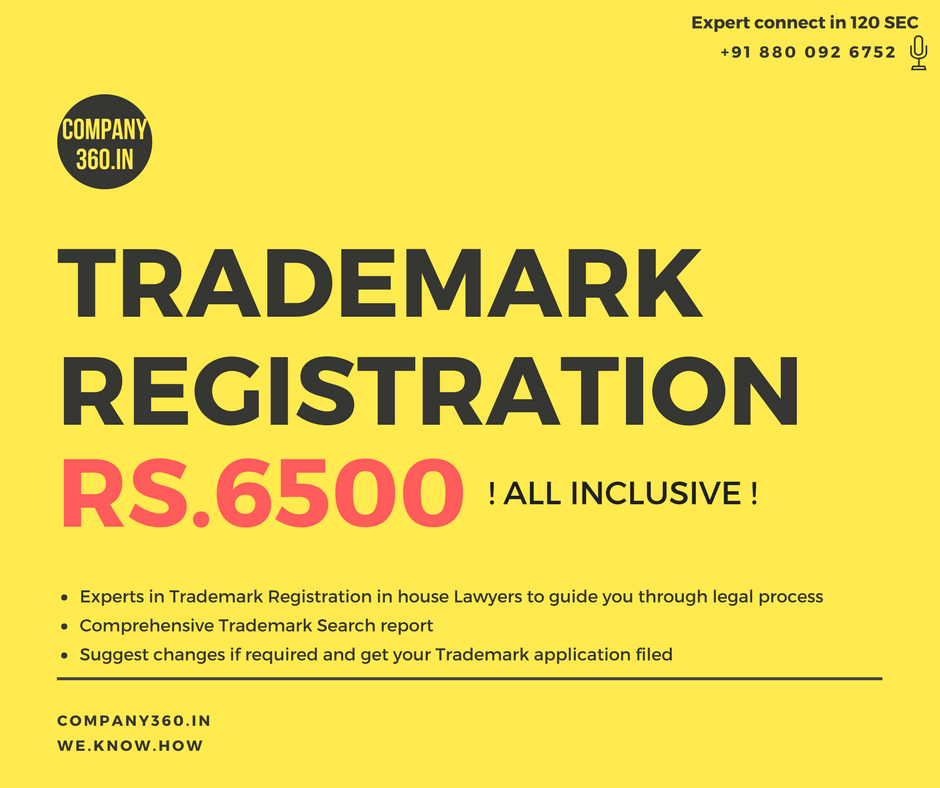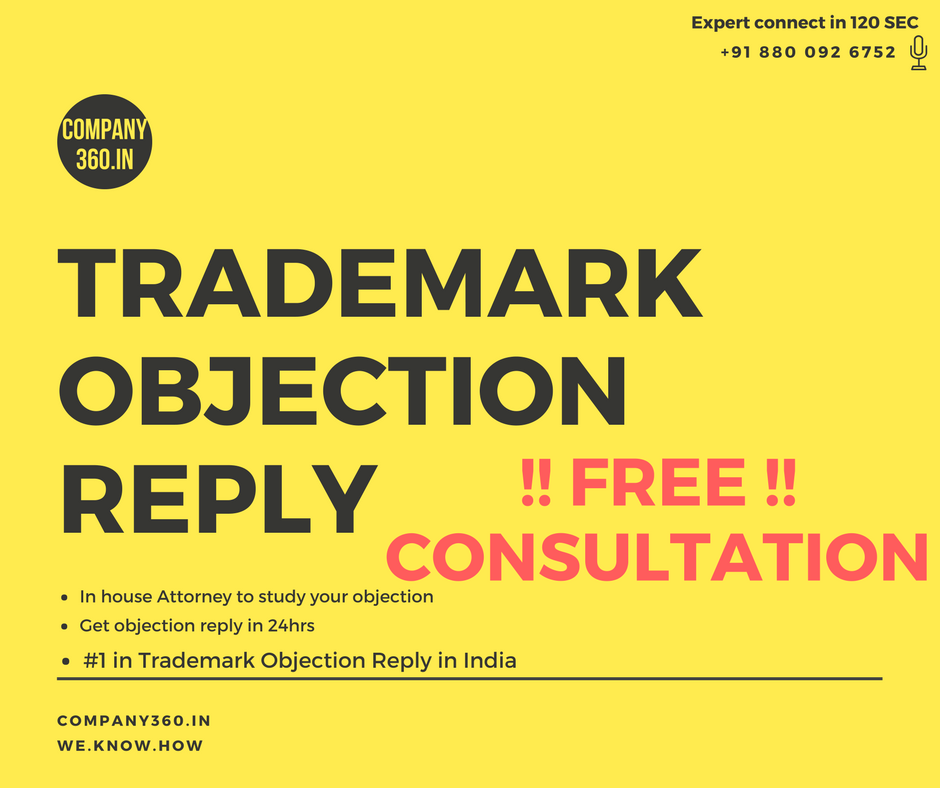
The Trademarks Act, 1999 and the Trademark Rules, 2002, essentially
protects the shape of goods, packaging and color combinations. According
to the Act, trademark means “a mark capable of being represented
graphically and which is capable of distinguishing the goods or services
of one person from those of others and may include shape of goods, their
packaging and combination of colors.”1 From this definition we can
identify two ingredients that are essential to avail trademark
registration. One, the mark must be able to be graphically be
represented and secondly, it must be capable of distinguishing one’s
business from others. Thus, from the given definition a combination of
colors can get trademark registration if it fulfills the above mentioned
two ingredients.
The applicant while filing for registration, must submit required
evidence in showing that the combination of colors is solely associated
with the applicant’s business and also in the eyes of the public, the
combination of colors are associated with the goods or products even
though it does not have any functional utitlity. Here, the burden lies
on the applicant to prove it unique association with his products and
its distinctiveness.
Table of Contents
ToggleResponse of the Indian Judiciary
One of the landmark judgments in which the courts analyzed the scope of
color combination as trademark was in the case of Colgate Palmolive
Company v. Anchor Health & Beauty Care Pvt. Ltd.2 In this case;
Colgate filed an ad interim injunction against the color combination of
one- third red and two- third white order on the tooth powder of Anchor.
Here the court observed that when a illiterate, unwary and gullible
customers at first look without going into the minute details identify
the product to be associated with one brand and the sae has been copied
by another brand amounts to be passing off. The court acknowledged color
as a trademark and passed an injunction order.
In the famous Cadbury case3, the court recognized the purple color
(Pantone 2865C) as the color which people essentially associate with
Cadbury. A public survey in this regard was also submitted.
In yet another landmark case of Deere & Co. & Anr. v. Mr. Malkit Singh
& Ors.4, the Delhi High Court granted protection to Deere tractors
for the color combination of green and yellow which had been used for
over a period of 100 years in tractors used for agriculture, its
distinctiveness, reputation and people’s instant source of
identification.
In Christian Louboutin v. Abu Baker5 the Delhi High Court refused
to grant protection to the use of a single color ‘red’ on the sole of
the heeled shoes by saying that a single color didn’t fall under the
definition of marks under section 2(1)(m) of the Trademarks Act. Also,
the usage of words ‘combination of colors’ shows the intention of
legislature to exclude a single color for registration.
We might have heard about the General Mills case, where it was denied
the trademark registration for its use of yellow color on the Cheerios
cereal boxes as the color was so associated with a type of goods or
services that a secondary meaning cannot be accorded to it.
Now any reasonable person could have this doubt in his mind as to why
colors are protected and granted trademark registration. The main reason
is that people while buying any particular good or service tends to look
at its visual appearance as compared to its utility. Report says that
80% of the people buys products by its visual appearance especially
color.
Conclusion
In today’s competitive world the importance of color cannot be
underestimated or considered as invaluable. Such non- conventional
registration of colors is a valuable asset to establish a face in the
market. While the scope of it tends to be lower, the judiciary looks
into the ‘distinctiveness’ character strictly. A single color as such
cannot get any protection and so does any color that is generally
associated with a particular goods or services. Most of the time, it
depends on how customers perceive it.










